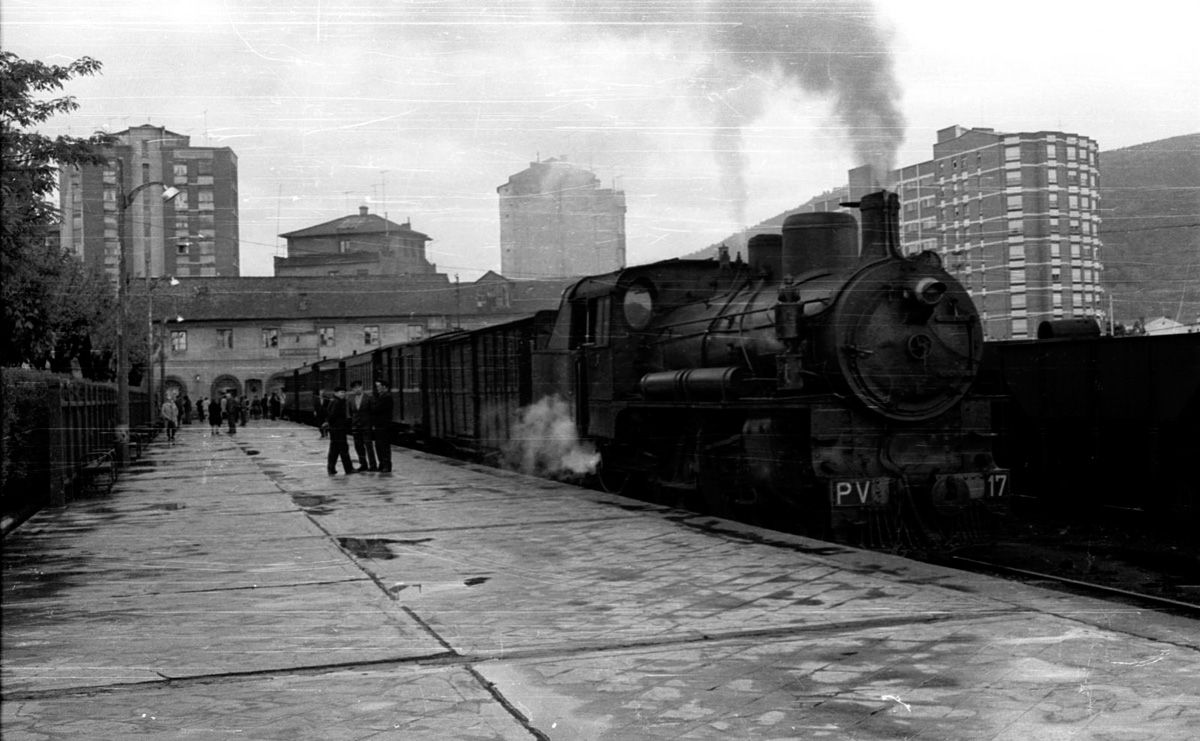Laciana Greenway Nature Trail
History of the Railway

(CABRERA-PÉREZ CABALLERO, JUAN BAUTISTA)
Mining in Laciana and El Bierzo has long been one of the defining features of the western side of León. While El Bierzo was renowned for its iron production, the Laciana valley —with Villablino as its hub— was blessed with a rich coal-bearing subsoil along both banks of the River Sil. In this valley, the richest production areas were either on the Fabero valley, or else on the ones found north of the village of Villablino.
It was for this reason that the company Minero Siderúrgica de Ponferrada (MSP) was established here. Under this name, hundreds of mine shafts were sunk into the hillsides, and an intricate network of mining railways and aerial cableways was created to channel production towards the regional capital of Ponferrada. From there, the broad-gauge lines of the Ferrocarril del Norte transported coal to the country’s main centres of consumption.
The backbone of the valley was the narrow-gauge railway, with metre-gauge track, that followed the River Sil upstream from Ponferrada to Villablino. Opened in 1919, this line carried both passengers and coal for decades. Passenger traffic was hauled by steam locomotives until the very end, in 1980. The last of these steam engines did not survive into the 21st century, but freight services, under the management of the Regional Government of Castile and León, continued with diesel traction until 2014, transporting coal to the Compostilla power station in Cubillos del Sil.
Among the casualties of those decades were several mining branches that once brought wagons from the pits to the Villablino line, sections that now serve as the backbone of today’s Greenway. One of them was the Caboalles branch. Opened in 1921 by MSP, its short six-kilometre route was dedicated exclusively to carrying coal from this Laciana sub-basin, located to the northwest of Villablino. It remained profitable only as long as the mines were in operation and was finally closed in 1955 following the shutdown of several pits that made it no loger useful. The other was the Villaseca branch, inaugurated in May 1920. Stretching for seven kilometres, it gave access to the mines of Villaseca de Laciana, Lumajo and Carrasconte via the loading bays of Sosas, Arias, and Villaseca at the end of the branch. Running alongside the young River Sil —crossing it four times— it served until the early 1990s, when mining methods changed and the line became obsolete.

